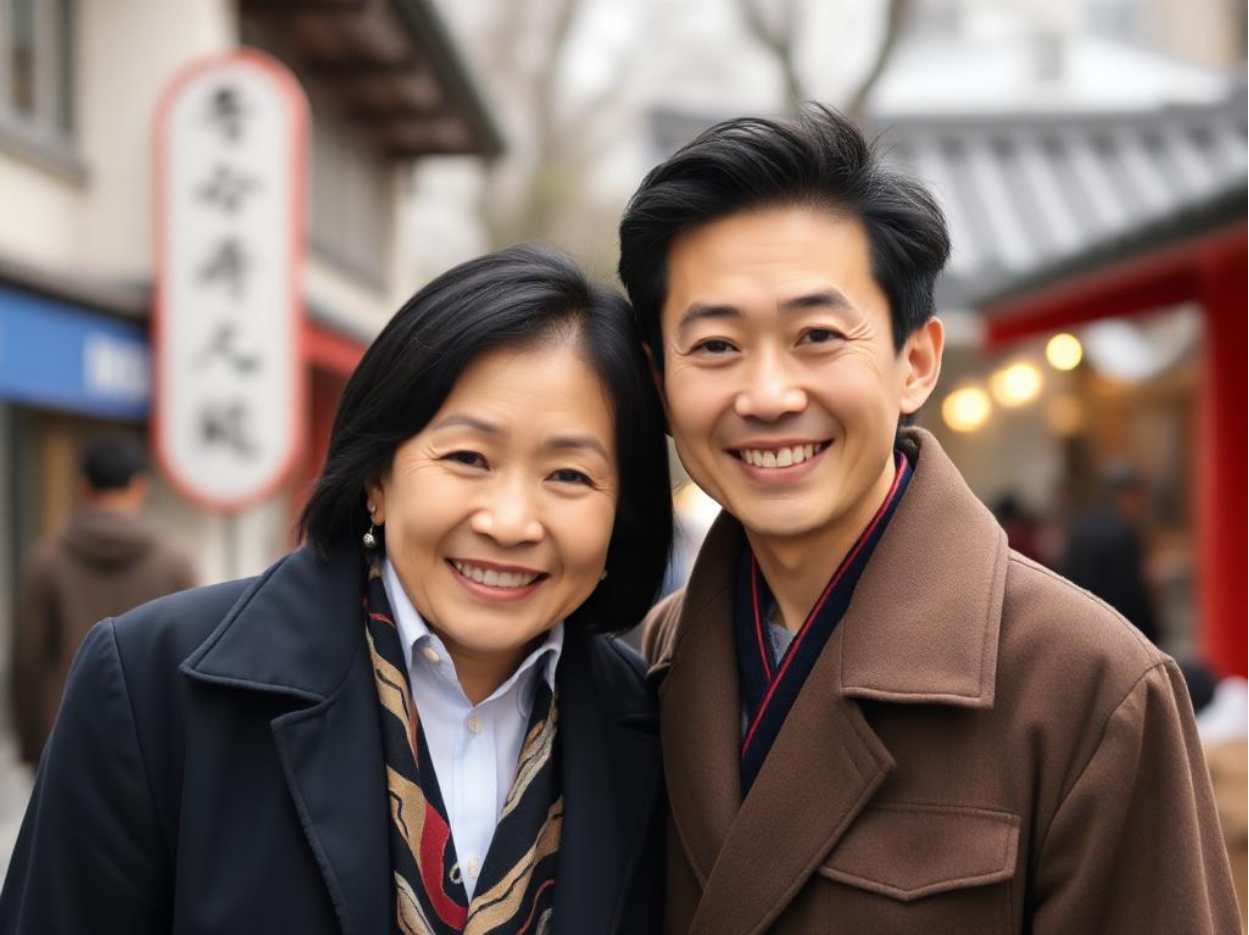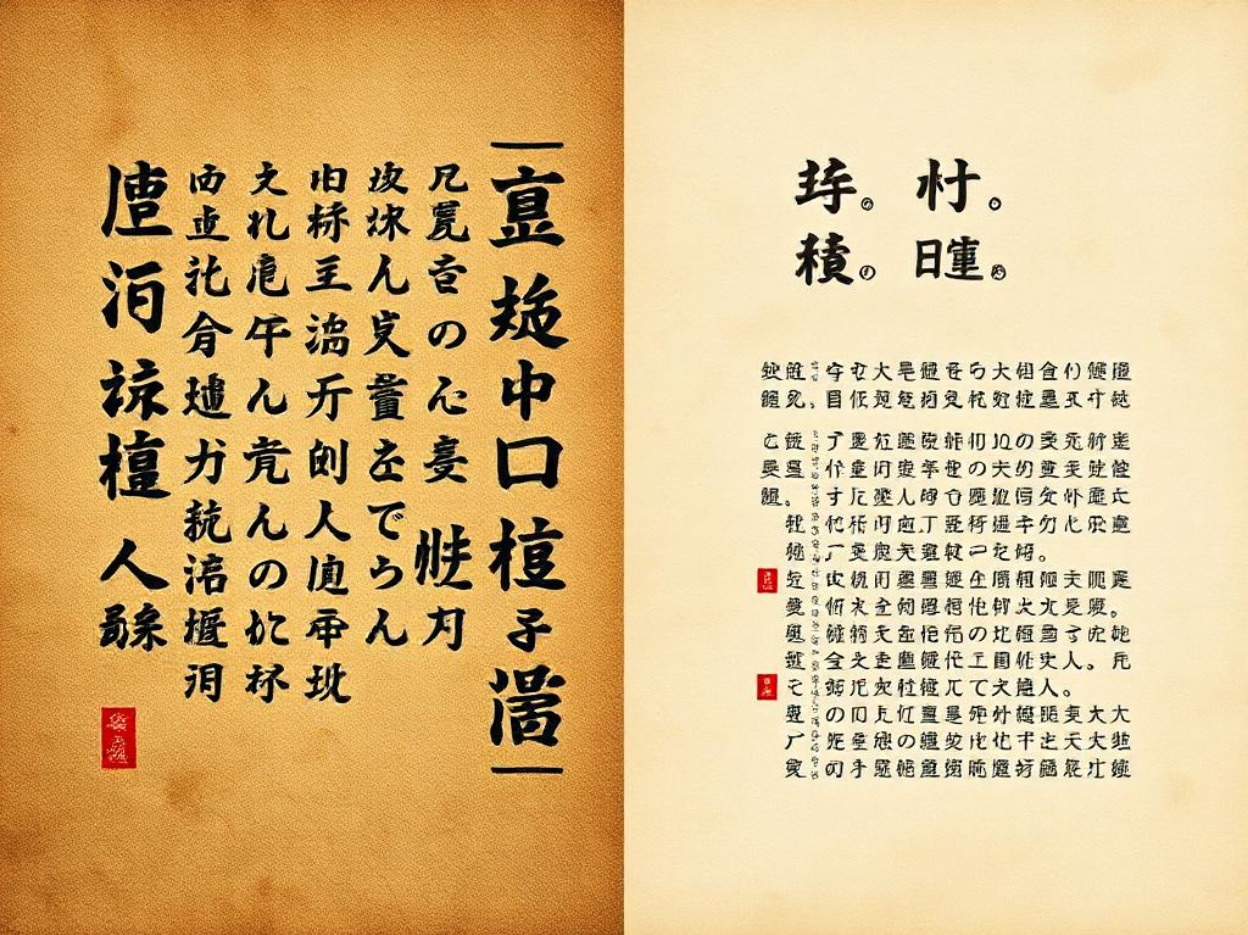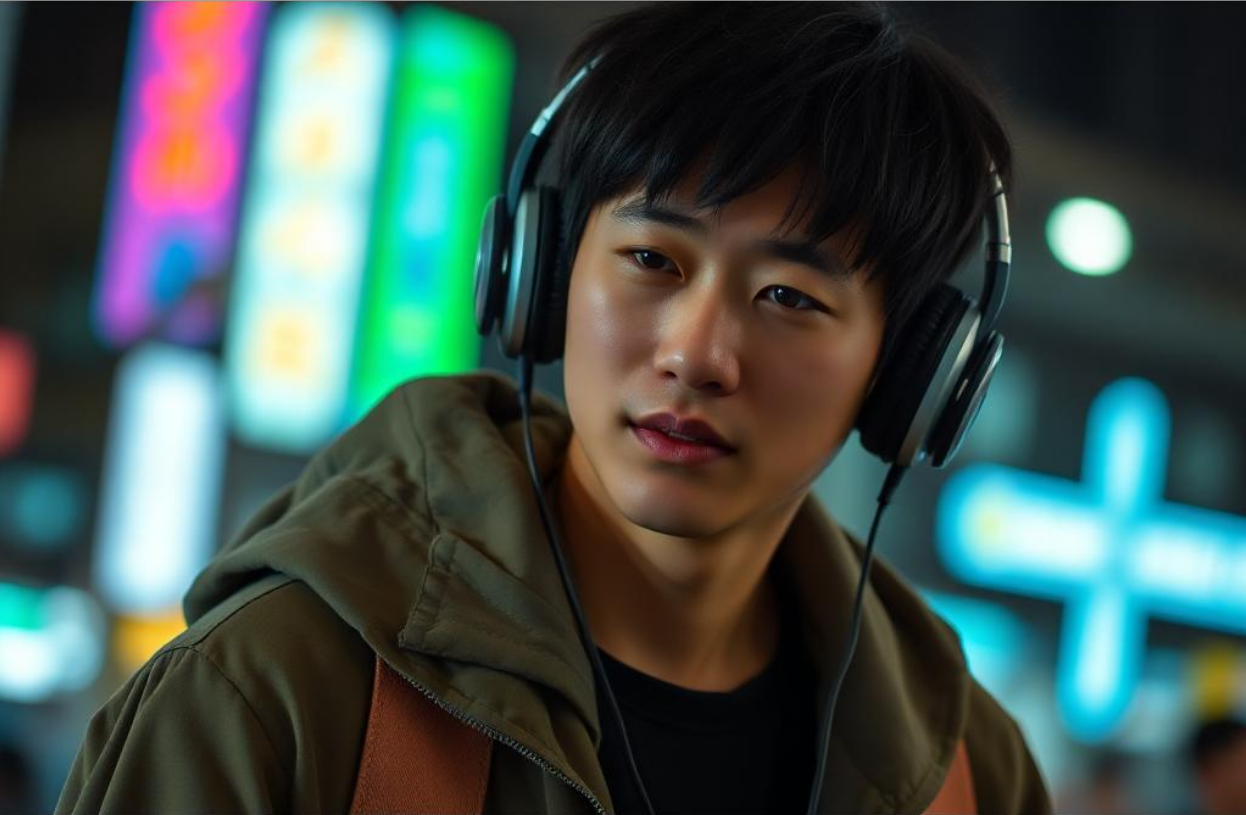Japanese AI text-to-speech (TTS) voice generators have revolutionized the way we create and use audio content. Whether you're looking for Japanese voiceovers, a natural-sounding female voice, or a high-quality audio file for your projects, AI technology can provide realistic and expressive speech synthesis.
Japanese AI text-to-speech (TTS) voice generators have revolutionized the way we create and use audio content. Whether you’re looking for Japanese voiceovers, a natural-sounding female voice, or a high-quality audio file for your projects, AI technology can provide realistic and expressive speech synthesis.
A Japanese AI voice generator is an advanced tool that converts written text into lifelike speech using deep learning models and natural language processing (NLP). These systems analyze vast amounts of spoken data to replicate authentic Japanese pronunciation, intonation, and rhythm. Users may need a Japanese AI voice for a variety of reasons, including content creation, language learning, accessibility features, and entertainment.
Many individuals also seek a Japanese accent for their projects, ensuring that the AI-generated voice matches the nuances of native speech. So is there a platform that offers this? Let’s find out.
How does a generator create realistic Japanese AI voices?

The Japanese language is unique in many ways, making the development of Japanese TTS models a challenging but fascinating process. Unlike English, which has a straightforward alphabet, Japanese writing consists of three main scripts: Hiragana, Katakana, and Kanji. These would be known to a native Japanese text reader, but perhaps not to someone unfamiliar with Japanese content. Each of these scripts presents distinct phonetic and semantic complexities, requiring sophisticated AI models to process them accurately.
Japanese speech also involves natural pauses and pitch accents that a Japanese voice generator must replicate to produce human-like voices and human speech.
A brief history of Japanese speech and text

Japanese has evolved over centuries, and today, multiple dialects are spoken across Japan. The most common dialect is Standard Japanese (Hyojungo), which is used in Tokyo and serves as the basis for most Japanese AI voice models. However, regional dialects such as Kansai-ben, Tohoku-ben, and Kyushu-ben have distinct accents and vocabulary that add another layer of complexity to AI voice synthesis.
##The challenges with Japanese AI voice creation
One of the biggest challenges in creating a realistic Japanese AI voice is capturing the language’s pitch-accent system. Unlike English, where stress is placed on certain syllables, Japanese pronunciation relies on pitch variations to differentiate meanings.
AI models and any Japanese speech tool must be trained on extensive datasets to accurately replicate this nuanced aspect of Japanese speech. Machine learning and neural networks help refine these models, ensuring the production of ultra-realistic voices. Additionally, developers must focus on fine-tuning the Japanese accent with AI voice technology so that AI-generated voices sound as natural as possible.
What do Japanese AI Voices sound like?

A great Japanese AI TTS system offers a variety of voices to match different user needs to create the perfect voice. Some users may prefer a male voice with a deep, authoritative tone, while others may need a soft-spoken female voice for more engaging and expressive narration.
High-quality Japanese AI voice generators allow users to select from a range of voice types and natural-sounding voices, including professional voice actors, anime-style voices, and native-speaking accents. Of course, native speakers use certain intonation and inflections that new AI text-to-speech generators are able to replicate with their own available voices.
Can you voice clone Japanese speech?
For those who want a truly personalized experience, some Japanese AI voice generators offer voice cloning technology. This allows users to create a unique Japanese AI voice in real time that mimics and best suits their own vocal characteristics or voice style. This is especially useful for businesses, content creators, and influencers who want a consistent voice for branding purposes.
The technology must be able to remove background noise from a live audio or video recording and use the customer’s own voice or ingest an mp3 file. Japanese voice clones enable users to produce unique voices tailored to specific needs and the best AI software like Neuphonic can create really natural-sounding AI voices.
##How do people use Japanese AI voice content?
Japanese AI voice generators and voice overs have numerous applications across various industries. Whether you need an audio file for professional voiceovers or an engaging Japanese TTS system for interactive applications, AI-generated voices provide flexibility and efficiency to engage a wider audience.
8 popular use cases
- Japanese Voiceovers: AI-generated voices are widely used in advertisements, anime dubbing, and corporate training videos using a simple Japanese text-to-speech generator.
- Language Learning: AI speech voices help learners practice Japanese pronunciation and listening comprehension. Can also be used with other various languages and can convert text from English to Japanese.
- Audiobooks & Podcasts: Converting text into natural-sounding speech for Japanese audiobooks, educational content and other audio formats. Audio books are the primary use case here though.
- Accessibility Features: Text-to-speech technology aids individuals with visual impairments by reading digital text aloud.
- Gaming & Entertainment: Japanese AI voices enhance the gaming experience by providing realistic character voices to IP like Hatsune Miku and Sonic the Hedgehog.
- YouTube Videos & Social Media: Many content creators use AI voices to produce high-quality narrations for video content, making the life of a video editor much easier.
- Marketing Videos & PowerPoint Presentations: AI voice generators help businesses create engaging presentations for a global audience.
- Navigation Systems: AI-powered voices has a use case here to improve real-time navigation experiences.
In recent years, AI-powered video generation has advanced significantly, allowing users to combine Japanese text-to-speech technology with lifelike avatars and animations. This technology is particularly useful for VTubers, content creators, and businesses looking to create dynamic multimedia presentations and the latest software can produce this magic direct in your web browser.
How is the AI industry evolving?
Companies specializing in Japanese AI video are incorporating deep learning models to synchronize lip movements with AI-generated speech. This results in more realistic digital characters that can be used for virtual assistants, social media influencers, and even AI-powered customer service agents.
New Japanese text-to-speech software and platforms has also come a long way in offering innovative new business models for users, like a lifetime deal or improved intuitive interface for all their content creation needs. An AI avatar with human-sounding voices make interactive digital interactions more immersive.
4 highly recommended AI video tools
- DeepBrain AI: Offers realistic AI avatars with synchronized Japanese AI voices.
- Synthesia: Enables users to create AI-powered video content from their target language, with natural Japanese TTS, great for hobbyist or professional use.
- HeyGen: A platform designed for businesses looking to automate Japanese AI video creation.
- AI Video Generator Tools: Many platforms provide video editors with AI-generated voices for perfect narrations in different languages.
A high-quality Japanese AI voice generator can transform the way users create and consume audio content with a much better customer experience. Whether you need a Japanese AI voice for voiceovers, audiobooks, accessibility, or entertainment, or more advanced features, AI-powered text-to-speech solutions provide a natural and efficient way to generate speech.
As technology continues to evolve, the future of Japanese AI voice and video generation looks incredibly promising, offering endless possibilities for creators and businesses alike and removing language barriers. From background music and sound effects to various styles of AI-generated voices, artificial intelligence continues to enhance the user experience across all forms of digital content creation. Free versions and lifetime deals of AI voice software are also available for those exploring this innovative field.
Neuphonic is now offering a free trial with features like best AI voices, and a perfect match for voice cloning. All you need to get started on the free version is the best Japanese text you wish to turn into different voices and a few minutes to input this into their user-friendly interface text field.



